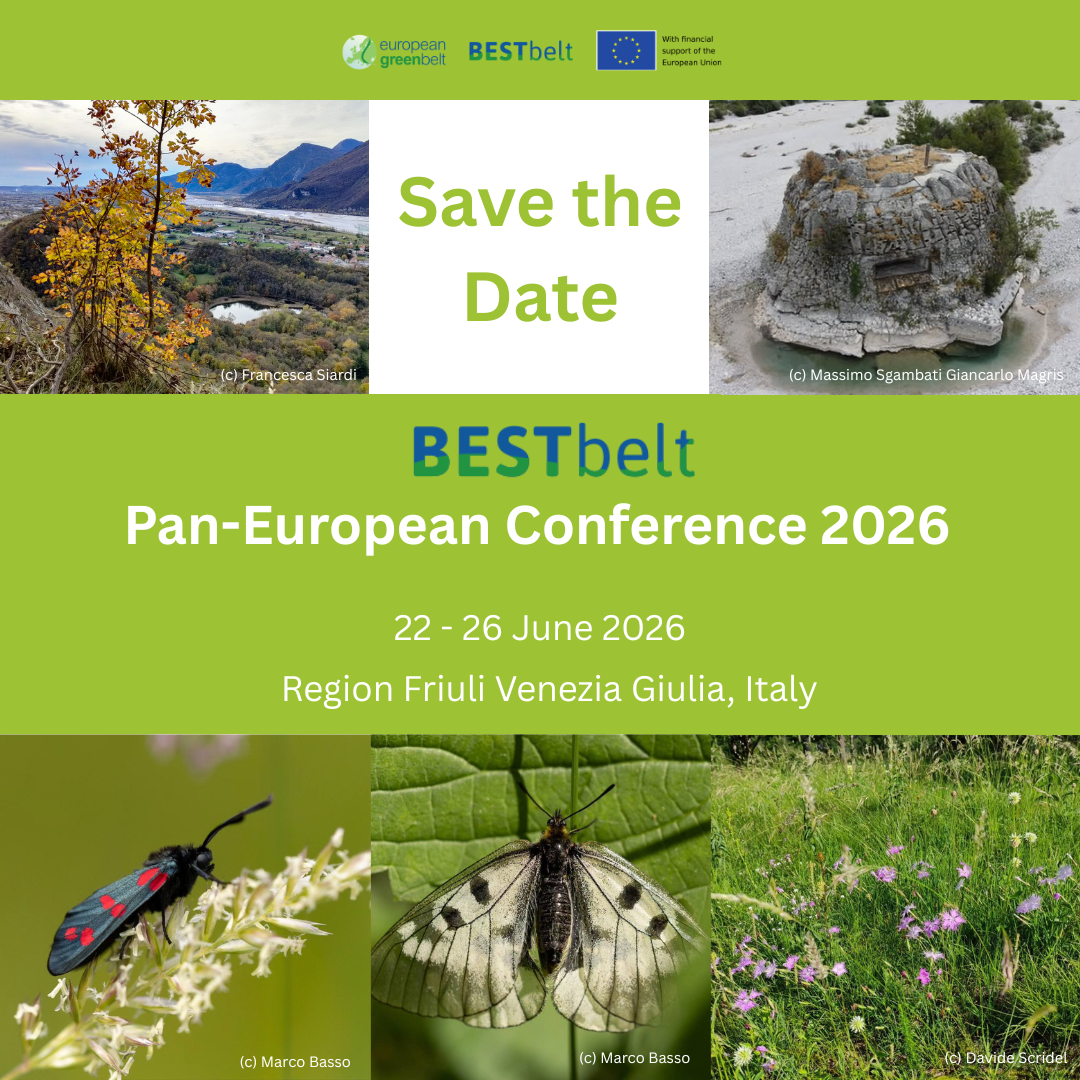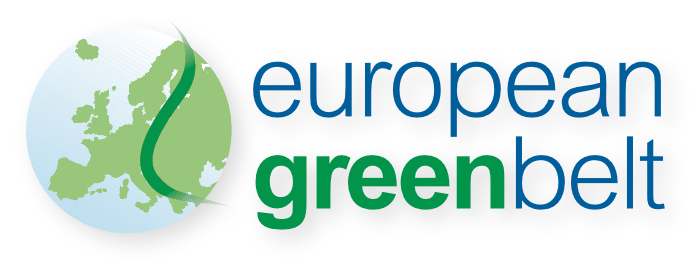European Green Belt Initiative
Our Vision:
The European Green Belt, our shared natural heritage along the line of the former Iron Curtain is to be conserved and restored, to function as an ecological network connecting high-value natural and cultural landscapes whilst respecting the economic, social and cultural needs of local communities.
An extraordinary ecological network and living memorial landscape has developed along the former Iron Curtain, which divided the European continent into East and West for nearly 40 years. Along 24 countries and more than 12,500 kilometres – from the Barents Sea at the Russian-Norwegian border, along the Baltic Coast, through Central Europe and the Balkans to the Black and the Adriatic Sea – the border zone granted nature a pause and has created a zone of life. As the European Green Belt snakes from north to south it passes through a huge variety of European landscapes. Today, the European Green Belt forms the backbone of a Pan-European ecological network and provides a significant contribution to European "Green Infrastructure".
The European Green Belt Initiative aims to harmonise human activities with the natural environment and to increase opportunities for the socio-economic development of local communities.
Read more about the European Green Belt and the Initiative.


Many BESTbelt projects were successfully completed in autumn 2025!
Since the launch of the BESTbelt project, a total of 49 projects have been initiated, focusing on protecting local biodiversity, restoring important habitats, raising environmental awareness, organising various workshops and collaborating with municipalities and other key local stakeholders. Now, a further 13 projects have been successfully completed.

SAVE THE DATE - Join us in 2026 for the next BESTbelt Pan-European Conference
Every two years, the European Green Belt and the BESTbelt project community come together to share knowledge and learn from each other! As well as sharing project results, insights and challenges, the Pan-European Conference provides a great opportunity to reconnect with people from all regions along the 12,500 km European Green Belt.

German Green Belt honored with largest German audience award
In an award ceremony watched by millions, the “Golden Hen” was presented to BUND (Friends of the Earth Germany) for its longstanding engagement in preserving the Green Belt in Germany.

